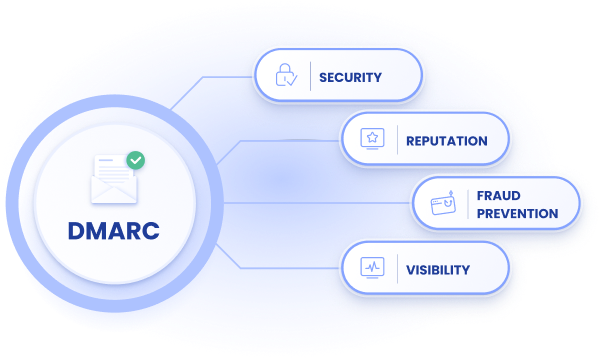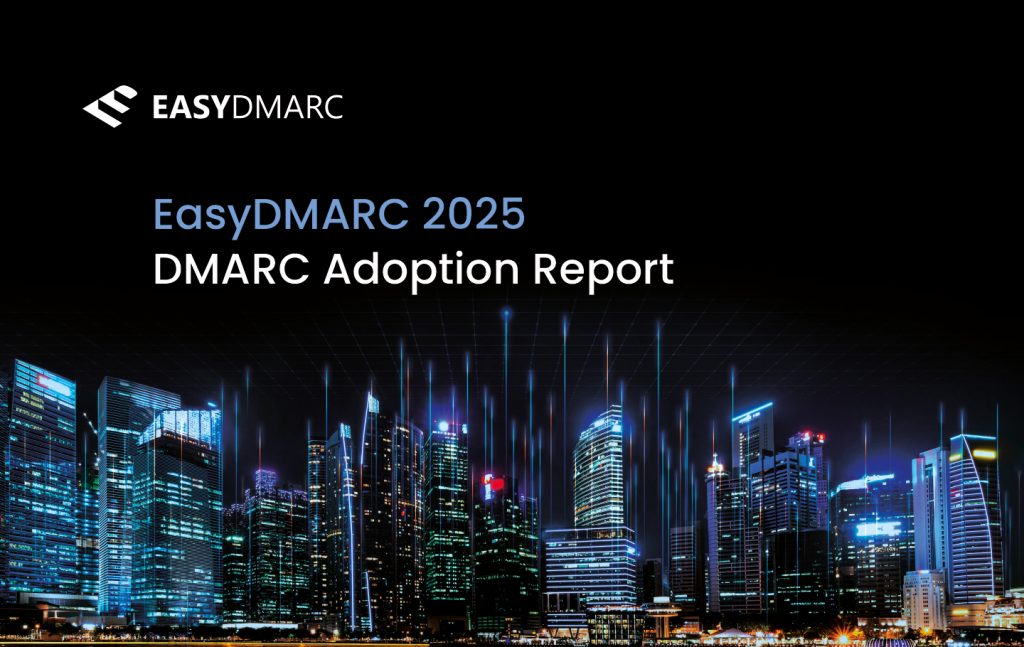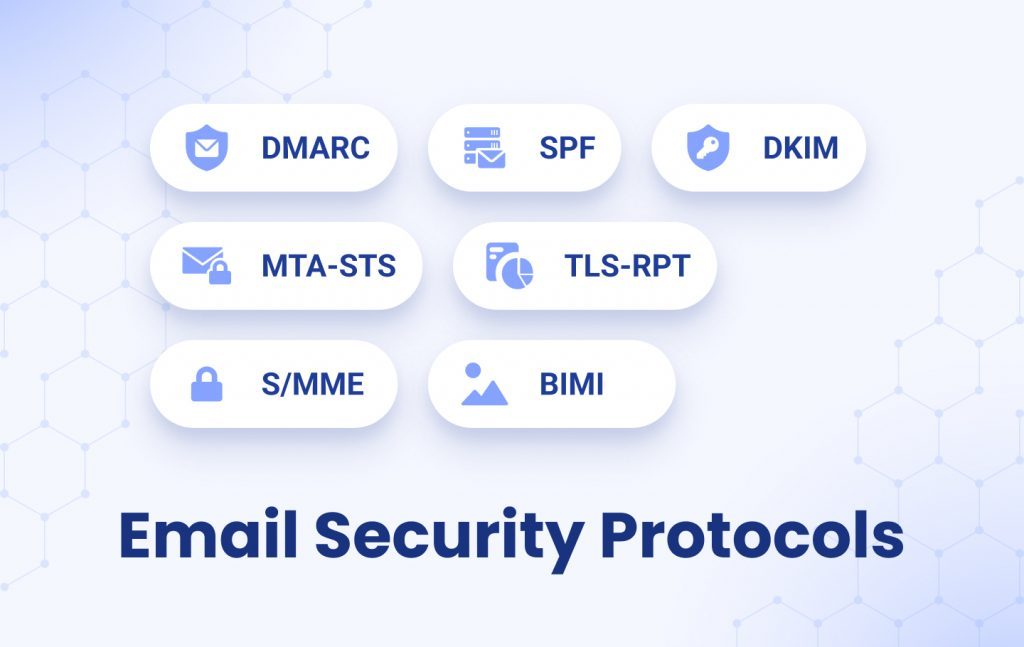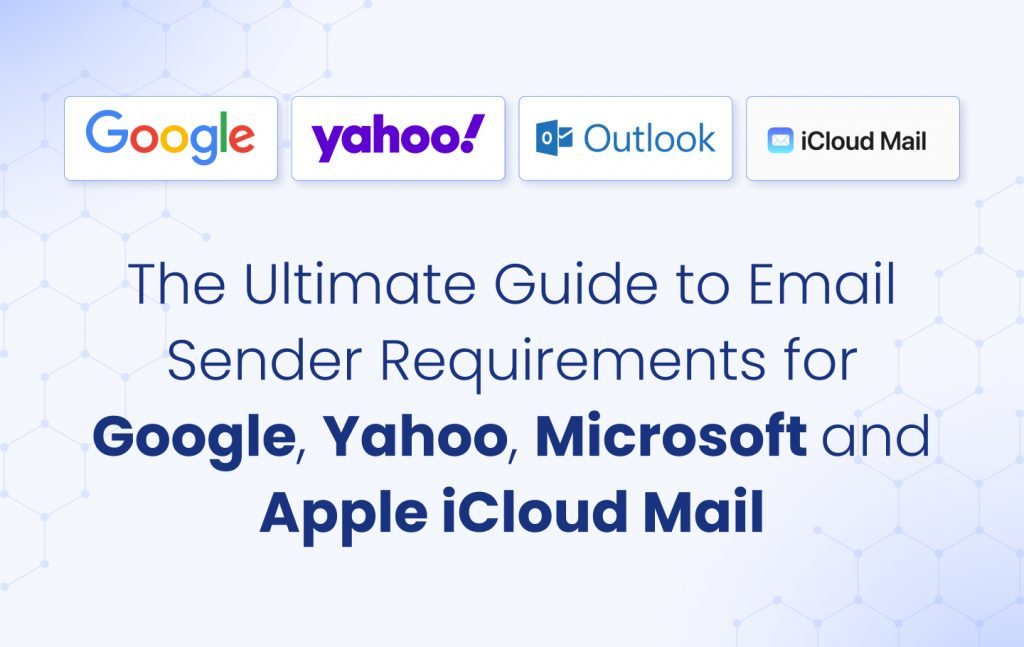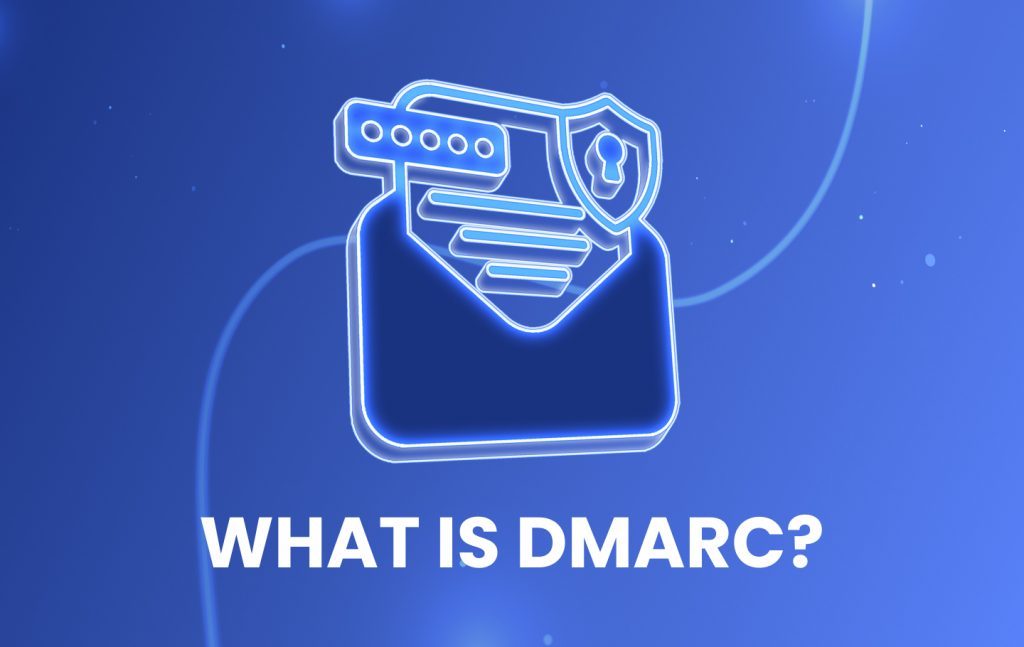DMARC Meaning: What is DMARC?
DMARC, meaning domain-based message authentication, reporting, and conformance, is an email authentication protocol that protects domain owners from email spoofing and phishing attacks.
It builds on two existing technologies: SPF (Sender Policy Framework) and DKIM
(DomainKeys Identified Mail). DMARC lets domain owners publish policies that tell email receivers how to handle messages that fail SPF or DKIM checks. It also provides a reporting mechanism, giving domain owners a way to monitor and improve their email authentication practices. By implementing DMARC, organizations can enhance email security and prevent unauthorized use of their domains.
